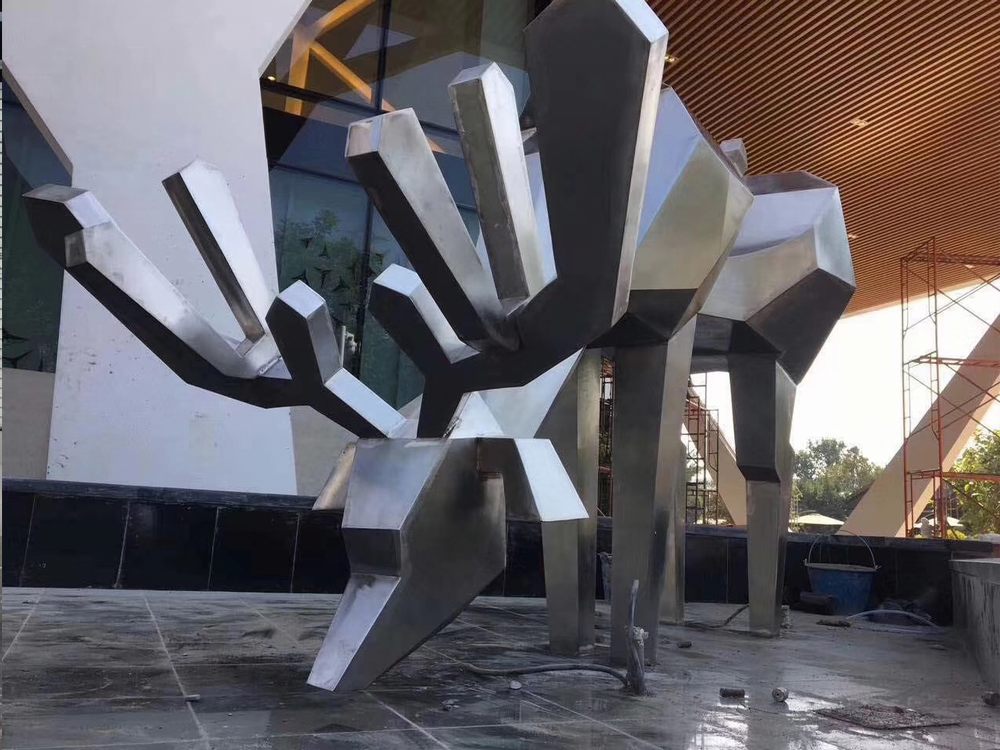
The art of transforming rigid stone into seemingly soft, flowing forms is a testament to the skill and vision of sculptors. By employing precise carving techniques, artists manipulate light, texture, and form to deceive the eye into perceiving fluidity where none exists.
Key methods include:
1. Controlled Surface Treatment: Using graded abrasives to polish areas meant to appear supple while leaving rougher textures for contrast.
2. Strategic Undercutting: Creating shadows that suggest movement by carefully carving recesses beneath protruding elements.
3. Directional Strokes: Mimicking organic flow through tool marks that follow imagined lines of tension or motion.
4. Optical Blending: Designing curves that catch light progressively to simulate gradual transitions found in nature.
Master sculptors like Bernini perfected these approaches, demonstrating how mathematical precision in stone removal can paradoxically create the impression of weightless drapery or rippling water. Contemporary artists continue pushing boundaries with innovative tools and digital modeling to achieve ever more convincing illusions in granite, marble, and other unforgiving materials.
The magic lies in the artist's ability to "see" the final form within the raw stone and systematically reveal it through subtractive processes that trick human perception into experiencing hardness as softness.

